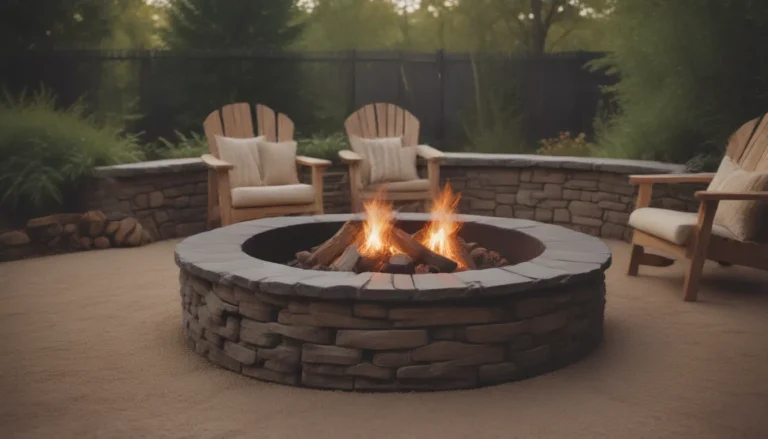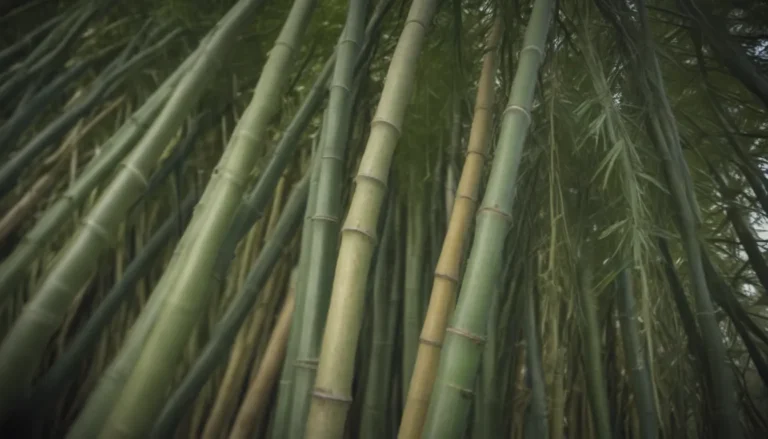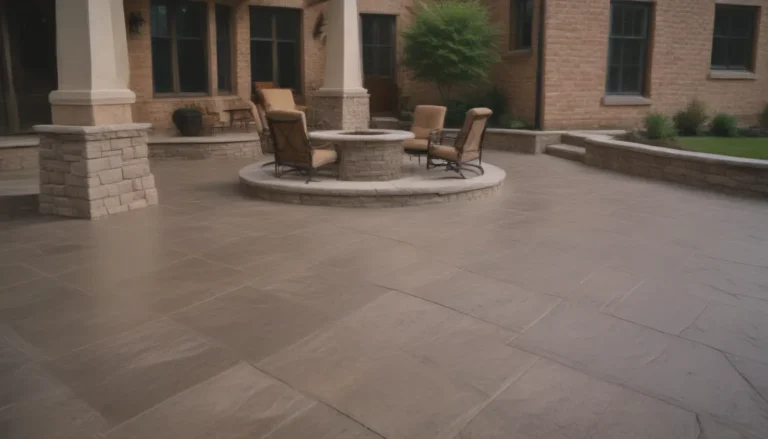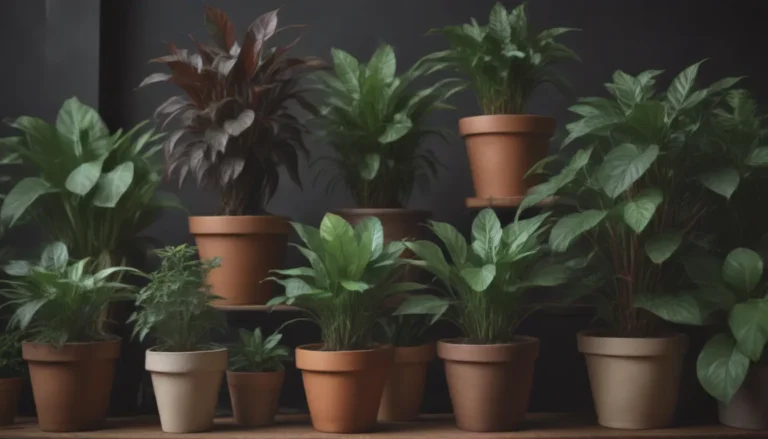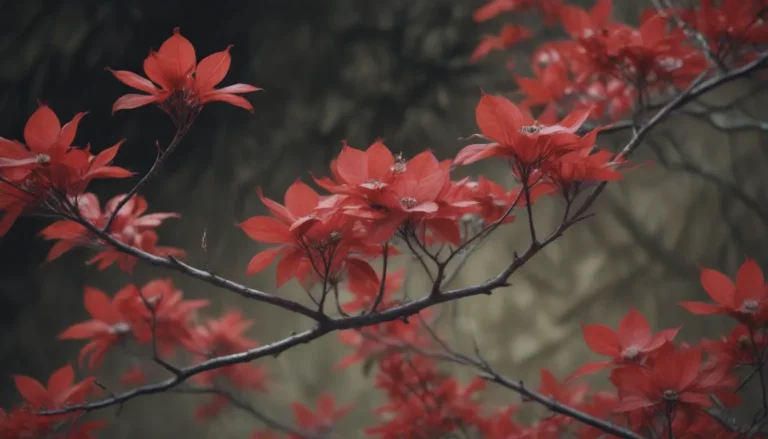How to Create a Safe Garden: Avoiding Toxic Plants
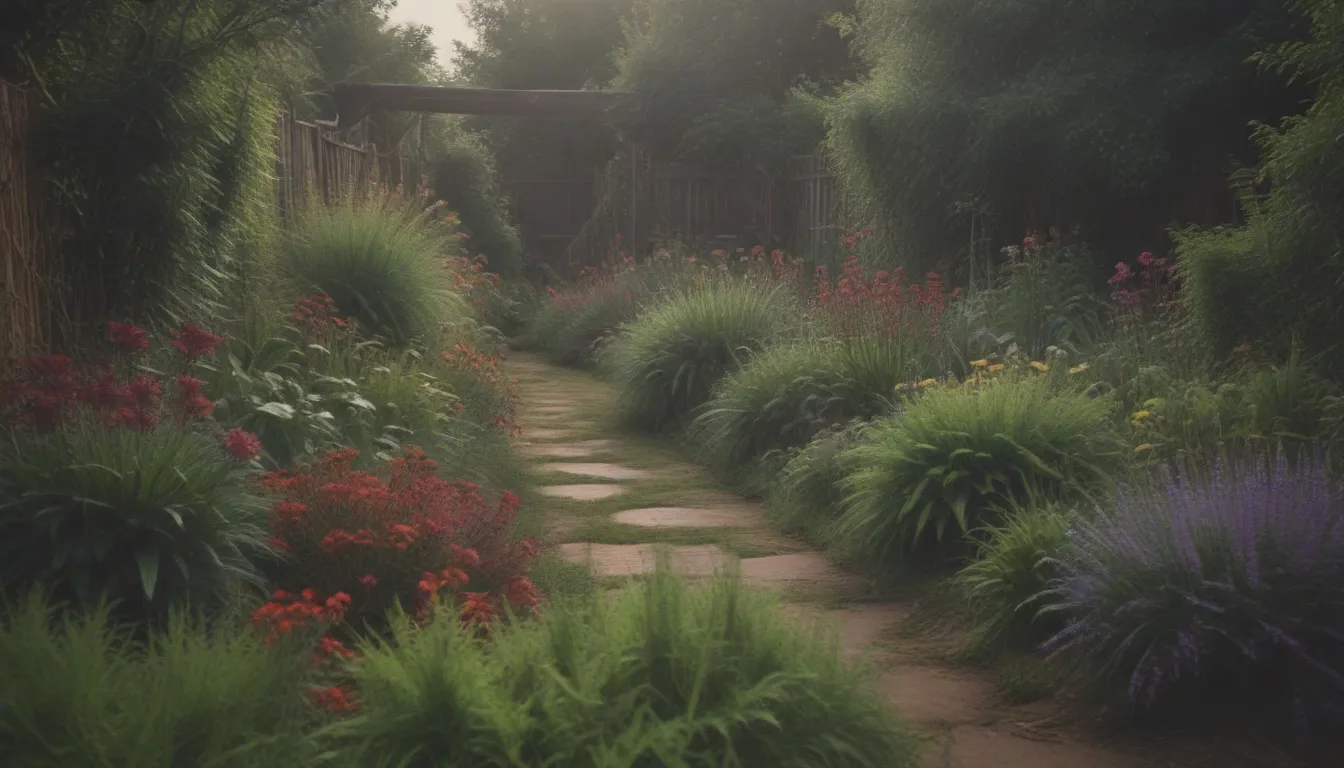
Are you looking to add some new plants to your garden but want to make sure they are safe for your family and pets? It’s important to be aware of the potential toxicity of certain flowers and plants that you may be considering adding to your outdoor space. In this article, we will explore twelve toxic flowers to avoid in your garden and provide some non-toxic alternatives for you to consider.
Why Should You Be Concerned About Toxic Plants?
While flowers and plants can add beauty and fragrance to your garden, some of them can be harmful when ingested by humans or animals. Toxic plants can cause a range of symptoms, from mild irritation to severe illness or even death. It’s important to be aware of the potential dangers so you can create a safe and enjoyable outdoor environment for everyone in your household.
Lily of the Valley (Convallaria majalis)
- Toxic Parts: All parts of the plant
- Toxic to: Humans, pets
- Non-Toxic Alternative: Lily of the valley is a popular ground cover that produces bell-shaped white flowers with a sweet scent. Consider planting non-toxic alternatives such as ferns or hostas in shaded areas instead.
Wisteria (Wisteria spp.)
- Toxic Parts: Seed pods
- Toxic to: Humans, pets
- Non-Toxic Alternative: Opt for non-toxic vines like clematis or honeysuckle to add vertical interest to your garden without the risk of toxicity.
Lily (Lilium spp.)
- Toxic Parts: All parts of the plant, especially the bulbs
- Toxic to: Cats, humans
- Non-Toxic Alternative: If you love the look of lilies, consider planting non-toxic flowers like daisies or zinnias instead.
Lantana (Lantana camara)
- Toxic Parts: All parts of the plant
- Toxic to: Humans, pets
- Non-Toxic Alternative: For a similar look, try planting butterfly bush or salvia as non-toxic alternatives to lantana.
Hydrangea (Hydrangea spp.)
- Toxic Parts: Leaves, flowers
- Toxic to: Cats, dogs, humans
- Non-Toxic Alternative: Opt for non-toxic shrubs like butterfly bush or viburnum to add color and texture to your garden.
Foxglove (Digitalis purpurea)
- Toxic Parts: All parts of the plant
- Toxic to: Humans, pets
- Non-Toxic Alternative: Consider planting foxglove’s non-toxic relative, snapdragons, for a similar tall flowering plant in your garden.
Oleander (Nerium oleander)
- Toxic Parts: All parts of the plant
- Toxic to: Humans, pets
- Warning: Due to its high toxicity, oleander is not recommended for households with small children or pets.
Rhododendron and Azalea (Rhododendron spp.)
- Toxic Parts: Leaves, flowers
- Toxic to: Cats, dogs, horses
- Non-Toxic Alternative: Choose non-toxic plants like camellias or hydrangeas to add color to your garden without the risk of toxicity.
Mountain Laurel (Kalmia latifolia)
- Toxic Parts: All parts of the plant
- Toxic to: Humans, pets
- Non-Toxic Alternative: Opt for non-toxic shrubs like azaleas or peonies for a safer option in your garden.
Monkshood (Aconitum)
- Toxic Parts: All parts of the plant
- Toxic to: Humans, pets
- Warning: Due to its high toxicity, monkshood is not recommended unless gardening with proper protective gear.
Angel’s Trumpet (Brugmansia)
- Toxic Parts: All parts of the plant
- Toxic to: Humans, pets
- Warning: Due to the high toxicity of this plant, even handling it should be avoided in households with kids or pets.
Fall Crocus (Colchium autumnale)
- Toxic Parts: All parts of the plant
- Toxic to: Humans, dogs, cats, livestock
- Non-Toxic Alternative: Avoid planting crocuses in your yard if you have children or pets, and consider non-toxic options like daffodils or tulips instead.
It’s important to do your research before adding new plants to your garden to ensure the safety of your family and pets. By choosing non-toxic alternatives to these twelve toxic flowers, you can create a beautiful and safe outdoor space for everyone to enjoy. Remember, when in doubt, always consult with a plant expert or veterinarian for guidance on choosing the right plants for your garden.
For more information on toxic plants and their effects, check out resources such as the National Capital Poison Center and the NC State Extension. Happy gardening!
